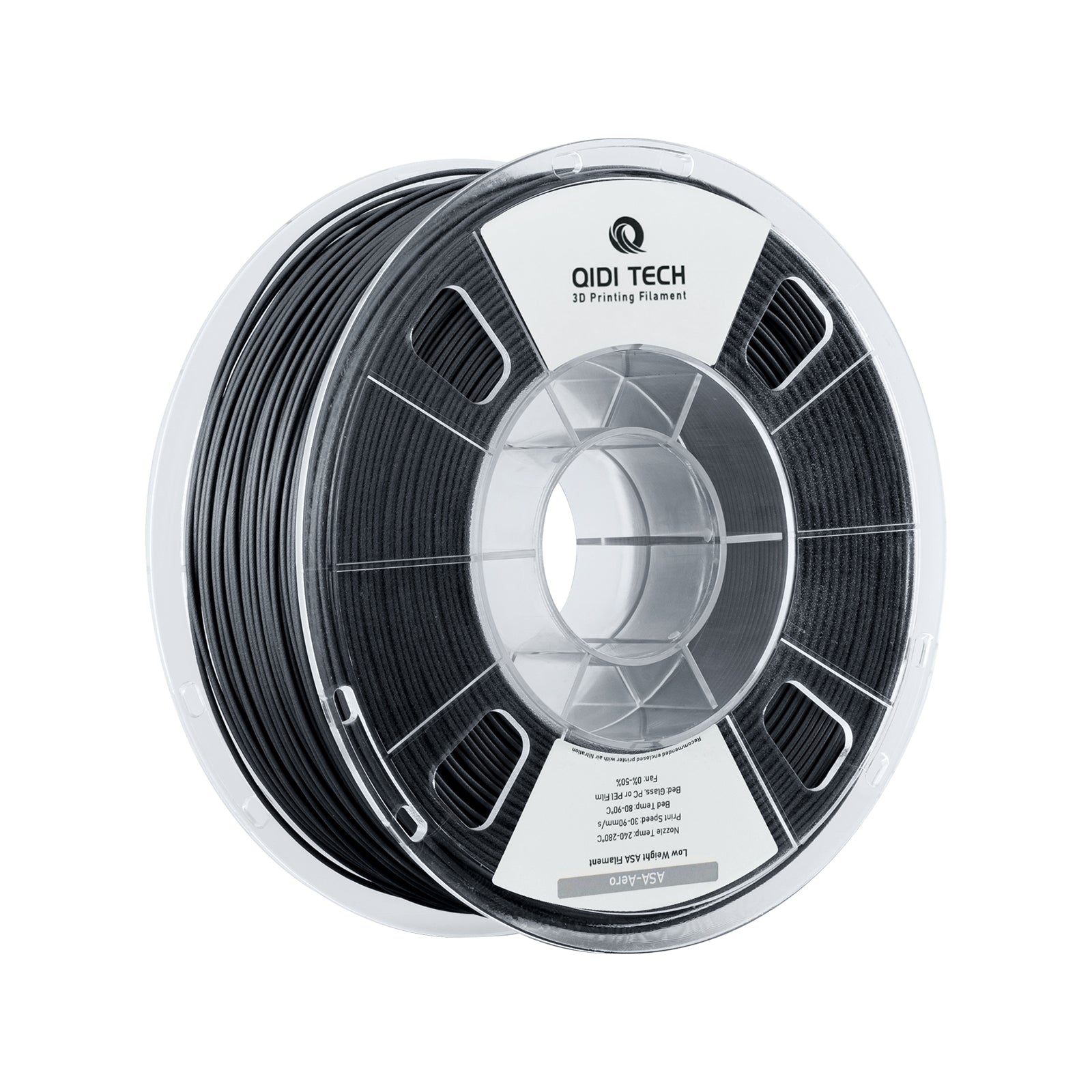Unlocking the Secrets of ASA Filament: Why It's the Game-Changer in 3D Printing!
In the rapidly evolving world of 3D printing, ASA filament has emerged as a standout material that is capturing the attention of enthusiasts and professionals alike. Known for its impressive durability and weather resistance, ASA (Acrylonitrile Styrene Acrylate) offers a compelling alternative to traditional filaments such as ABS and PLA. With its unique blend of properties, ASA filament has become increasingly popular for applications that require both strength and aesthetic appeal. This article delves into the fascinating characteristics of ASA filament, its wide-ranging applications, and the advantages it brings to the 3D printing landscape.

Understanding ASA Filament Properties
ASA filament is a thermoplastic that boasts a unique chemical composition, which sets it apart from other common filaments like ABS and PLA. While ABS is known for its toughness and PLA for its ease of use, ASA combines the best of both worlds. The filament is composed of acrylonitrile, styrene, and acrylate, which contributes to its remarkable strength and flexibility. One of the standout physical properties of ASA is its excellent heat resistance, allowing it to maintain structural integrity even under elevated temperatures. This makes it an ideal choice for parts that may be exposed to heat, such as automotive components. Additionally, ASA filament exhibits impressive impact resistance, making it less prone to cracking and breaking compared to its counterparts. Furthermore, its UV resistance means that ASA can withstand prolonged exposure to sunlight without degrading, making it perfect for outdoor applications.
Applications and Uses of ASA Filament
The versatility of ASA filament opens the door to a myriad of applications across various industries. In the automotive sector, ASA is frequently used to produce exterior components that require durability against environmental stressors. My friend who works in automotive prototyping shared how they successfully utilized ASA for creating test parts that not only looked great but also performed exceptionally well under real-world conditions. Moreover, the aerospace industry has begun to recognize the potential of ASA filament for lightweight and robust components. Beyond industrial applications, ASA is also popular among hobbyists for creating durable consumer products like outdoor furniture and garden tools. Its UV resistance and durability make it a top choice for items intended for prolonged use outside, ensuring that they maintain their aesthetic appeal and structural integrity over time.
Advantages of Using ASA Filament in 3D Printing
ASA filament offers a multitude of advantages for 3D printing enthusiasts. One of the key benefits is its ease of printing, which is often on par with that of PLA, making it accessible even for beginners. The filament adheres well to the print bed, reducing the chances of warping and ensuring a smooth printing process. Additionally, ASA provides a superior surface finish, often resulting in prints that have a glossy appearance without the need for extensive post-processing. Mechanically, ASA filaments exhibit outstanding properties, including high tensile strength and resistance to impact, which enhances the longevity of the printed objects. This is particularly important for applications that demand durability and reliability. Many users have reported that their ASA prints outlast similar prints made from other materials, providing better value for the time and resources invested in the printing process.
Comparison with Other Filaments
When comparing ASA filament to other popular materials such as ABS and PLA, several distinct differences emerge. ABS, while strong, can be challenging to print due to warping issues. In contrast, ASA maintains the strength of ABS but mitigates its printing difficulties, making it a more user-friendly option. PLA, on the other hand, is known for its ease of use and biodegradability, but it lacks the durability and heat resistance that ASA offers. Therefore, ASA serves as a bridge between the accessibility of PLA and the toughness of ABS, making it a preferred choice for many applications where both aesthetics and performance are paramount.
Key Takeaways on ASA Filament
In conclusion, ASA filament stands out as a revolutionary material within the 3D printing domain, offering a unique combination of properties that cater to a wide array of applications. Its impressive strength, flexibility, UV resistance, and ease of printing make it an excellent choice for both professional and hobbyist projects. As 3D printing technology continues to advance, ASA filament is poised to become an integral part of the toolkit for those looking to create robust and visually appealing objects. Whether you're prototyping automotive parts or crafting outdoor decor, considering ASA filament could be a game-changer for your future projects.







